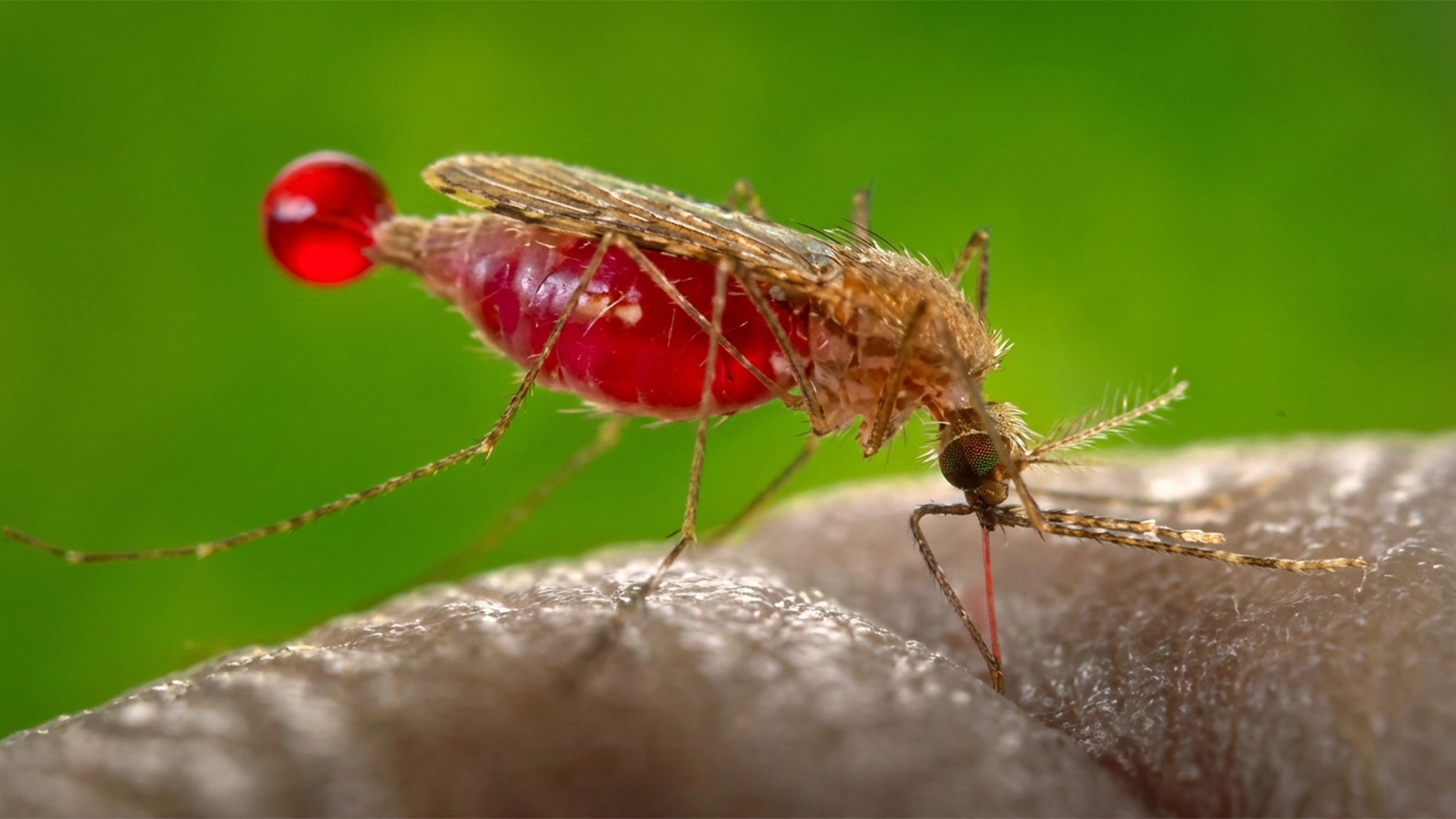The Nigerian Institute of Medical Research (NIMR) has revealed that Nigeria is inching closer to eliminating river blindness as transmission has been interrupted in several endemic states.
Director of Research at NIMR and member of the Lagos State Health Research Ethics Committee, Dr Babatunde Adewale, who spoke during the institute’s monthly media chat, disclosed that the country has reached a major milestone in the national elimination effort, with progress attributed to 15 years of consistent mass drug administration using ivermectin.
River blindness is transmitted through the bites of black flies that breed in fast-flowing rivers, and it affects mostly rural communities. The infection causes a range of symptoms, from severe skin irritation and nodules to irreversible eye damage.
According to Adewale, the disease begins with larval worms (microfilariae) travelling through the bloodstream and reaching the eyes. “When the microfilariae invade the retina and optic nerve, they cause inflammatory damage that can result in clouded vision or permanent blindness.”
Nigeria’s elimination campaign has now advanced to the critical phase of transmission interruption in key states such as Anambra, Abia, Nasarawa, and Katsina. This progress, Adewale noted, was validated through Transmission Assessment Surveys (TAS), which involved testing dry blood spot (DBS) samples collected from over 3,000 children aged five to under-10 in each state.
“These samples, taken from finger-prick blood on filter paper, are analysed in certified laboratories. If less than 0.1 per cent of the samples test positive, it’s an indication that transmission has been halted in that area,” he said, adding that once a state meets this benchmark, it officially passes the first phase toward elimination.
Following transmission interruption, states enter a second phase known as post-treatment surveillance, during which health authorities monitor communities for three to five years to ensure there is no resurgence of infection. “If no new cases are recorded within the period, the state moves to the final phase, where WHO-independent evaluators assess the data to certify elimination. Nigeria is firmly on track to achieve its 2030 target,” he added
Despite the progress, he reported that an estimated 43 million Nigerians remain at risk of infection, particularly in areas where treatment is still ongoing. However, 37 million people have been removed from the treatment cycle in regions where transmission interruption has been confirmed, an achievement Adewale described as encouraging.
He highlighted ivermectin as the core tool in this success, describing it as highly effective with minimal side effects. “A single dose can suppress the larvae in the skin for up to six months. Although treatment is typically once a year, some high-risk areas receive it every six months to ensure complete coverage,” he said. He added that the initial objective was disease control; emerging evidence has shown that with consistent treatment over 12 to 15 years, elimination is achievable.
Adewale also outlined NIMR’s central role in the elimination programme. “We support the Federal Ministry of Health in three major areas, by providing technical expertise, laboratory services, and research evidence. NIMR is one of only four labs in the country designated for analysing surveillance samples.”
He explained that after transmission is halted, the risk of reinfection remains unless treatment continues for those already infected. “We must keep treating to clear existing parasites and avoid re-establishing transmission,” he advised.
According to him, elimination is not a single event but a rigorous, phased process based on evidence. “It requires sustained monitoring and laboratory confirmation at every step. Once we’ve completed transmission interruption, post-treatment surveillance, and WHO verification, then we can confidently declare Nigeria free of river blindness,” he said.
A medical sociologist and research fellow at NIMR, Dr Adeniyi Adeleye, emphasised the importance of understanding local beliefs and perceptions in the fight against river blindness. He noted that while science has clearly established that onchocerciasis is caused by the bite of blackflies, many people in rural communities, where the disease is most prevalent, do not associate it with insect bites.
According to Adeleye, findings from community-based research revealed that affected populations often attribute the disease to supernatural causes such as witchcraft or divine punishment. “These misconceptions create a barrier to the acceptance and use of medical interventions,” he said. “Public health efforts can be undermined when scientific knowledge is disconnected from local realities.”
He stressed that addressing such sociocultural factors is crucial to ensuring that innovations and treatments for onchocerciasis are not only available but also understood and accepted by the people who need them most.






